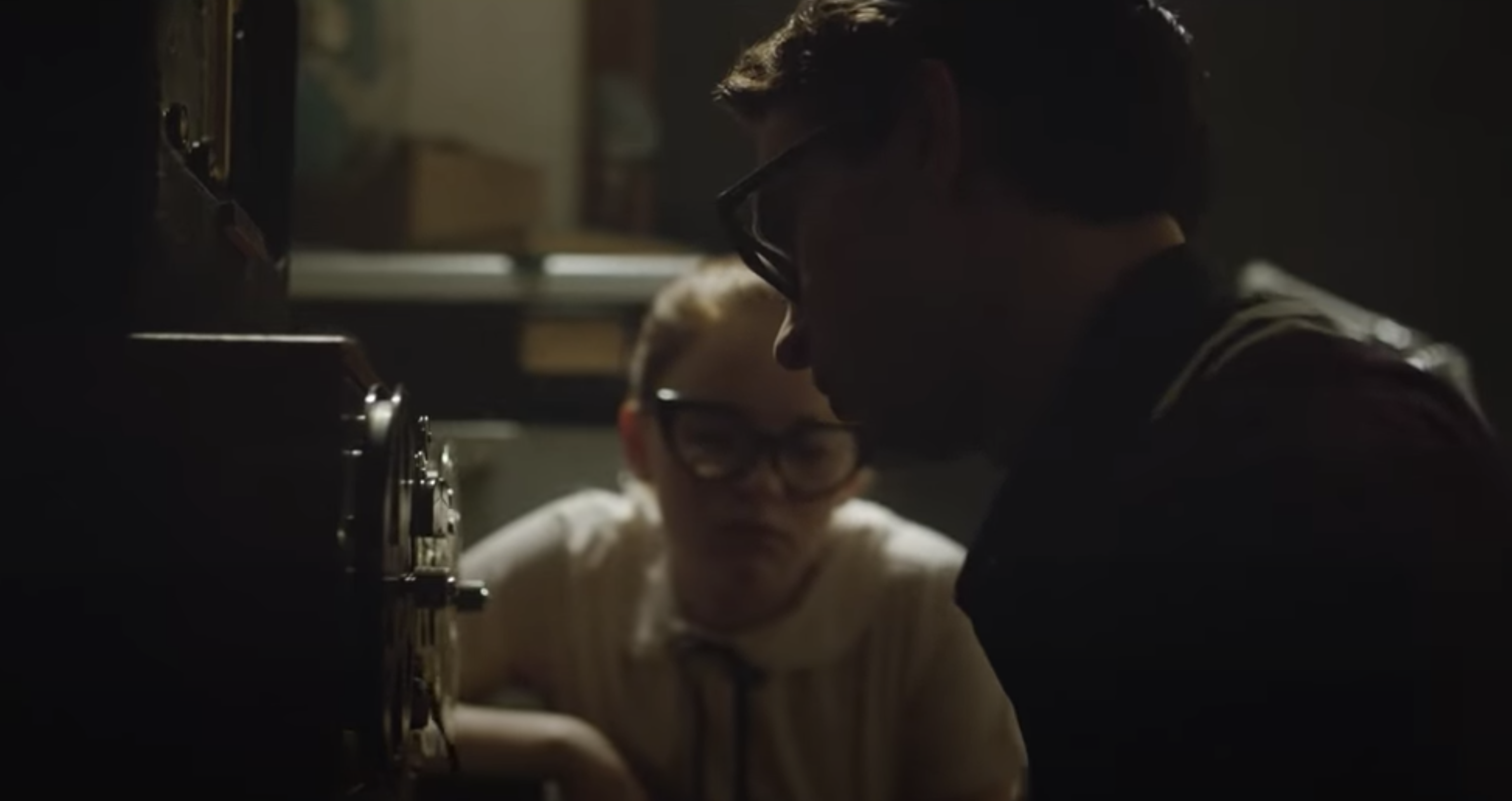The Revenant
Of course, the historical Hugh Glass, legendary nineteenth-century frontiersman left for dead by his fellows after surviving a horrific grizzly bear attack, never had a half-Native American son. But neither did he violently confront the traitor who left him for dead and murdered the aforementioned imagined son. It’s also improbable that during his journey he was rescued and aided by a lone Pawnee elder. We know this because we have authentic historical records documenting Glass’ life and his single-minded search for revenge—all of which formed the basis of Michael Punke’s 2002 novel “The Revenant: A Novel of Revenge,” a book I found thoroughly mediocre yet compulsively readable. Now fresh off his Oscar-winning success with BIRDMAN (2014), director Alejandro G. Iñárritu has turned his attentions towards this most improbable of survival and revenge stories. And while he liberally alters the historical facts of Glass’ life—the son, the confrontation, the lone Pawnee—the resulting film surpasses the novel and achieves a kind of savage, antediluvian beauty and brutality rarely seen outside the films of Werner Herzog.
The Revenant is a film of mud, blood, and carnage set against unforgiving northern wastes of snow and freezing water. Iñárritu’s choice to shoot the film entirely in natural light was a masterstroke of genius. Matched with his trademark long takes, the images seem less like pictures and more like representations of a savage state of mind. What nightmares he brings: an Arikara assault party slaughtering thirty trappers with silent, noiseless arrows; a mountain of bleached bison skulls; two men munching a bison carcass next to a trio of campfires built more for scaring off the circling wolves than for keeping warm; a distant avalanche crashing down a mountainside. I was reminded of Cormac McCarthy’s Blood Meridian, a Western novel of elemental ferocity also set on an invisible frontier between chaos and civilization. In both cases the violence seemed not an extension of the plot but an embodiment of intangible, unknowable forces guiding (and guided by) humanity. But if Blood Meridian was propelled by man’s predilection for violence, The Revenant was birthed by the brutality of nature.
Iñárritu strips all of the novel’s chaff away—Glass’ bizarre obsession with recovering his stolen rifle (at times he seems to be more concerned with recovering it than with getting revenge), long asides detailing the nature and history of the 19th century mid-Western fur trade, the backstories of the men who betrayed him. Completing the film must have been a herculean task and special credit must be given to Leonardo DiCaprio for his tortured performance as Glass. DiCaprio’s career has always seemed to be one of always trying to outdo himself with his next role. But after The Revenant, I have no idea where else he could possibly go as an actor.
Nathanael Hood is Screen Comment’s Senior Film Critic. Follow him here Nathanael Hood on Twitter
news via inbox
Nulla turp dis cursus. Integer liberos euismod pretium faucibua


